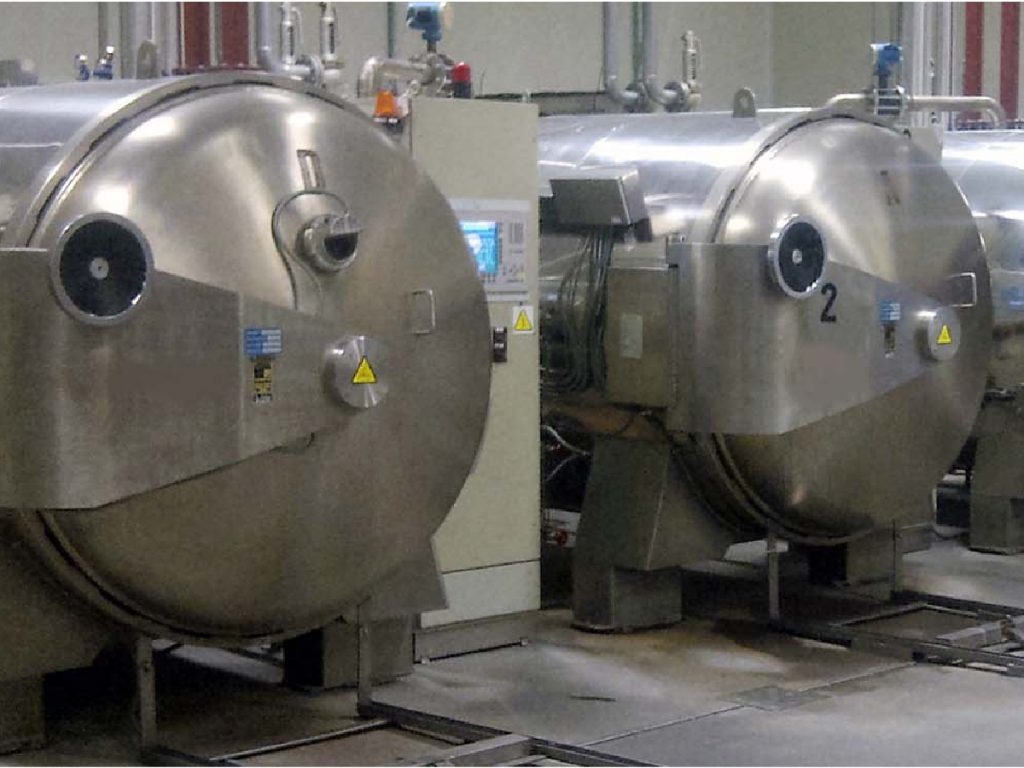The metal-mechanic industry by definition is a dynamic industry, which supplies the other links in the production chain with machinery, consumer goods and custom-made metal tools.
In MetalCast we serve many different industries and of those cases, an example is the one we do in the supply of metal parts, of a type of equipment that is used in different environments such as hospitals, laboratories, industrial kitchens, jewelry stores, and many others: The autoclaves.
Brief History of Autoclaves
Denis Papin (French physicist and inventor) invented the steam engine and in 1680 he invented the steam digester, and presented it to the Royal Society which was the first device to control pressure by incorporating a safety valve.
In 1820 Charles M Lemare, discovered that by making modifications to Papin's steam digester he could cook on any type of meat.
In 1879 Charles Chamberaland started working on reforming the same digester together with Louis Pasteur, together they promoted human hygiene in their multiple investigations on microorganisms.
Operation
The autoclaves work with chambers that allow the entrance or generation of steam and avoiding the exit, until you have an internal pressure of approximately 103 kPa - 200 kPa and a temperature that is around 120 -150°C, so they must be made with materials that resist these conditions, since these equipments, being of medical use, are tested to guarantee their functionality.
The purpose is to sterilize the laboratory equipment, although it is worth mentioning that not all materials can be sterilized by this method (paper, plastics among others).
Objective
-Eliminate all microorganisms
-Provide patient safety and testing
-Eliminate toxic waste in material
To ensure that the process is done correctly, the 3 main variables are
1. Pressure
2. Temperature
3. Time
Depending on the height of the place where the process is done, it is the necessary pressure to sterilize equipment. To be effective, the temperature must be around 135 °C and a pressure between 20-34 psi.
An autoclave is composed of these parts:
● Safety valve: Its function is to prevent the exit of steam or water before the end of the sterilization process.
● Drainage valve: which is where the steam produced from the heated water in the heating element comes out, when the ideal temperature for sterilization is reached.
● Manometer: Allows to monitor the internal pressure of the boiler
● Thermostat Indicates the temperature of the chamber or boiler
● Resistance: which is used to heat the water that will go into the boiler, which will be worked at certain temperatures depending on the degree of sterilization you want to reach.
● Tray: where the material to be sterilized will be placed.
● Calderin: where it was treated at the necessary temperatures that must be produced to eliminate the bacteria and microorganisms to be eliminated.
● Cover: which is nothing more than the closure of the machinery.
And although the lid apparently does not do much work, it is a necessary part of completing the operation and benefits of using an autoclave.
That is where MetalCast creates value with its customer, by developing and producing that specific part that is necessary for their production process of a finished product.
Each project needs to be planned and manufactured under high quality standards, under a casting process that requires facilities and technical knowledge for that process.
Learn more about our services and how we can help create your custom metal parts in our contact area.

